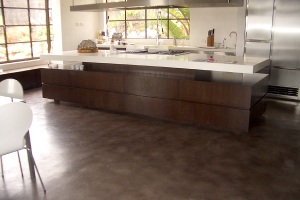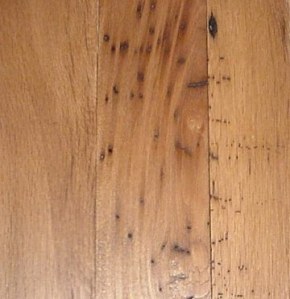![]()
Description:
Almost all of the impact from ARPROmaterial inputs or the moulding process. This is explained by the fact that the mainmaterial input for ARPROproduct of “cracking” naptha – a derivative of crude oil and an energy-intensive process)and (steam-chest) moulding which requires generation of high pressure steam.The contribution to the total potential impact of ARPROinputs and moulding) is therefore relatively small and electricity generation is responsiblefor the majority of the remaining potential impacts.The CO2 where CO2 The impacts from the moulding phase are mainly due to the extraction and combustion offuel and, to a lesser extent, the generation of electricity. Compared to actual ARPRO production is the result of either ARPRO®’s raw is polypropylene (propylene and therefore polypropylene is a® production (excluding material2 used in ARPRO production is sourced from other manufacturing industries2 is a by-product and is therefore already a recovered product. production, the moulding phase is more energy intensive.The wireframe production is responsible for the majority of the total potentialenvironmental impact in the remaining three out of the nine impact categories presented.The production of steel and polyamide (a polymer coating on the steel frame) dominatethe potential impacts of wireframe production in all categories. It should be rememberedthat the alternative design solution uses far more (more than 10 times more) steel.The end of life stage of the seat core life cycle is insignificant relative to other life cyclestages. It should also be noted that ARPRO is 100% recyclable
Content:
Life cycle assessment is the most widely recognised technique to assess the environmental impacts of aproduct or service. In the case of ARPRO, this means assessment:
From raw material supply, Through the point of use, Applied correctly, a life cycle assessment will improve environmental awareness and performance throughoutthe production chain, demonstrating where raw material, resource and energy consumption can beminimised as well as minimising disposal and management costs and eliminating environmental exposuresand liabilities.To end of life (recycling or disposal)
Application:
seating itself, replacing the traditional metal structure andflexible vehicle platform.‘s mechanical properties enable the seat-core to be incorporated into thecontributing to a more
Sustainability:
Calculating global warming potential for an ARPRO® seat-core shows an environmental benefit to impact ratio of 12:1. An environmental saving of nearly 16 million tonnes of CO2(e) could be achieved. Just changing the seat enables net reduction in CO2(e) of 2.65 g/km, over 13 per cent of the 2012 EU target reduction. CO2(e) savings result from the ability to deliver component weight reductions of up to 35 percent.
Filed under: Materials, Skins, Energy Efficient, interior, walls







